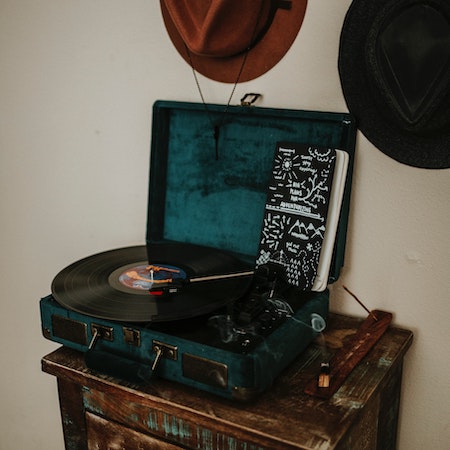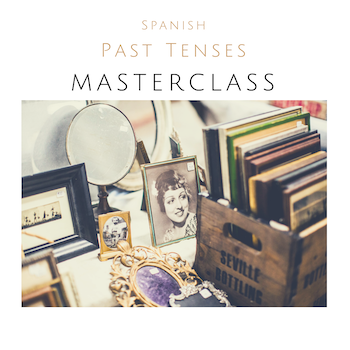
Spanish is an isochronic language which means a couple of things:
- The duration of every syllable is equal (syllable-timed language)
- The duration of every word in the sentence is the same
This type of rhythm was originally metaphorically referred to as “machine-gun rhythm” or “ritmo metralleta” in Spanish because each rhythmical unit (syllables and words) is of the same duration, similar to the short bullet noise of a machine gun.
Why am I talking about this? I am talking about the isochronic quality of Spanish because I want to talk about rhythm. As an experienced Spanish language teacher, I’ve heard multiple times my students express their struggles with the speed of Spanish speaking and their desire to speak as fast as a native Spanish speaker. My response is always the same: “there is no need to speak as fast as a native Spanish speaker”, and what is more, “which one?” Because the truth is that every Spanish speaker speaks with a different intonation and speed. Therefore the goal of a language learner should always be to sound as authentic and clear as one can sound.
At the same time, there is value in exploring and identifying the Spanish rhythm, but only when you merge it with your own rhythm. Listening activities are the only way to separate and identify the Spanish rhythm, always considering that every variety of Spanish will sound different. So, you need to be very conscious about where the speaker’s accent belongs so you can start building a “catalogue” of Spanish rhythms in your brain.
The best listening practices involve passive and active listening. I discuss this in my article “5 steps to sound like a native Spanish speaker”, but I wanted to add more ideas and suggestions in this article. Two, to be precise.
Poetry and music.
Both of these disciplines are all about rhythm. I wrote much about poetry:
In this article, I wanted to focus on music.
Using music to learn Spanish is a fun and effective way to improve your Spanish.
Why is it good to learn Spanish through music?
– Listening to songs in Spanish can massively improve your vocabulary and grammar because you’ll have a context for the new words and sentences you’re learning; you’re far more likely to remember words if you learn them in a song rather than in a long vocabulary list. And why is that? The music helps you remember, and so does the emotion you experience while listening to that song. Remember, no emotion, no learning.
– Listening to songs in Spanish can help you get the intonation and rhythm of the language.
My first love for English came from music and memorizing my favourite songs. Of course, only listening to your favourite songs in Spanish on repeat without checking up on new words or active listening won’t help you achieve better listening skills, but it will help you pick up the rhythm of the language. Add to that some conscious work like word analysis of new words and exploration of grammar structures, and you have a fully-fledged Spanish practice.
* Full disclosure: This is a sponsored article for Lingopie, a platform I have tried, tested and really liked.


